5 Ways To Compost Leaves
Don’t toss your fallen leaves this autumn. Let them rebuild your soil. Leaves are an amazing way to protect and regenerate soil (and nature has been doing it for … basically… ever). Read on for more about why you should save the leaves for your compost bin and your garden beds each fall and 5 ways to compost your leaves all year long.
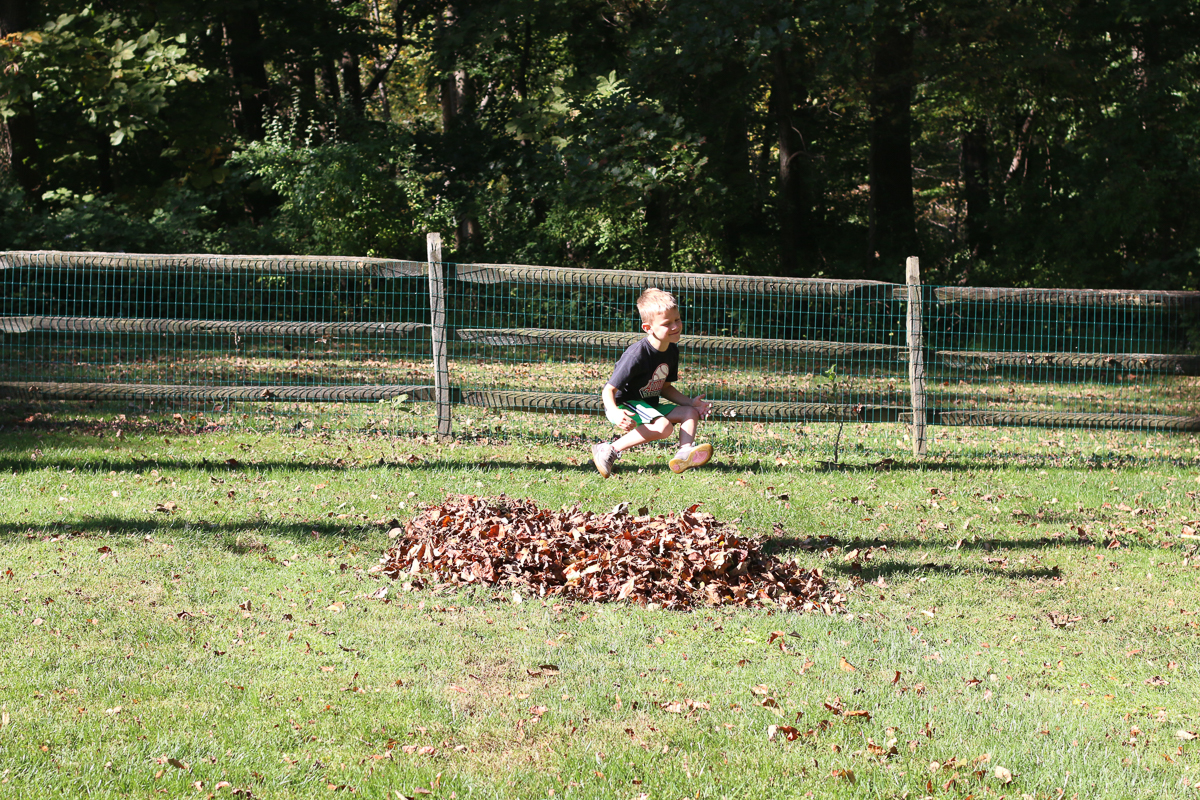
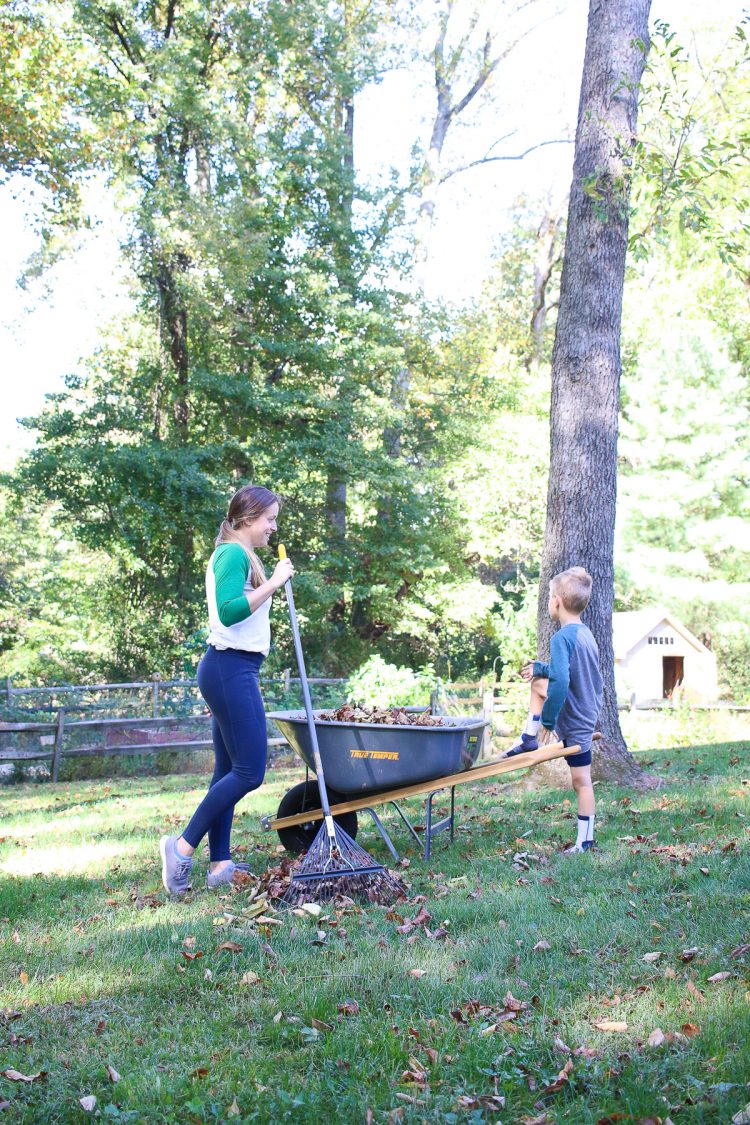
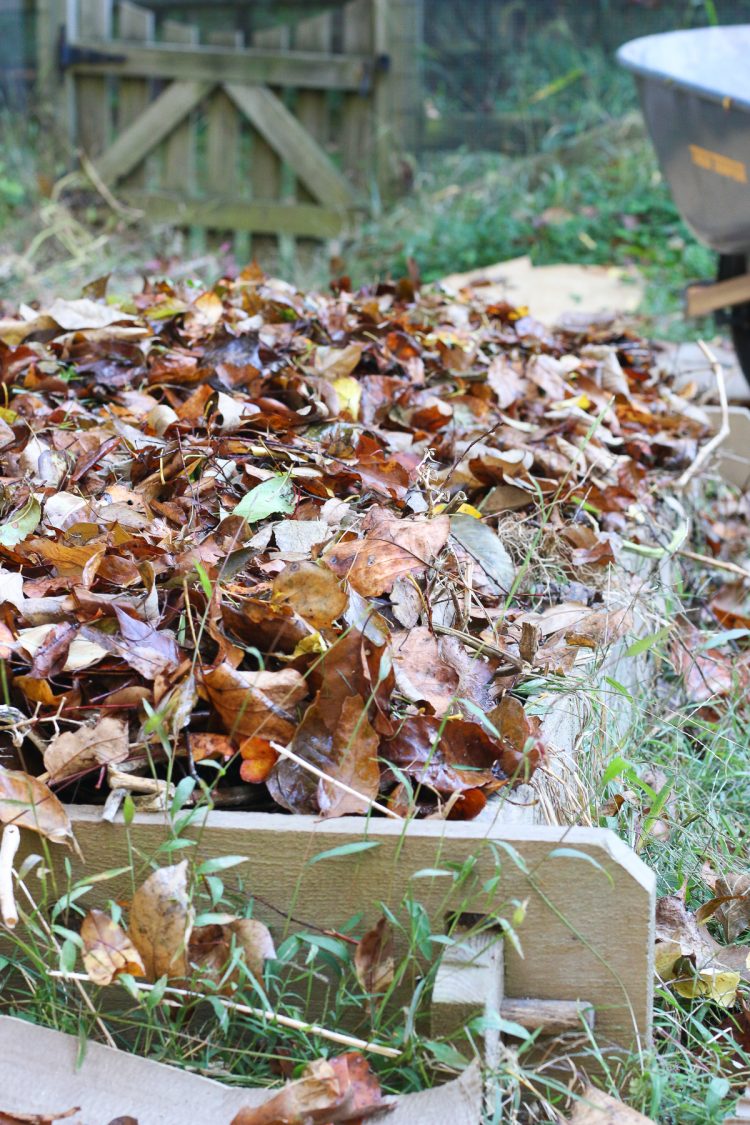
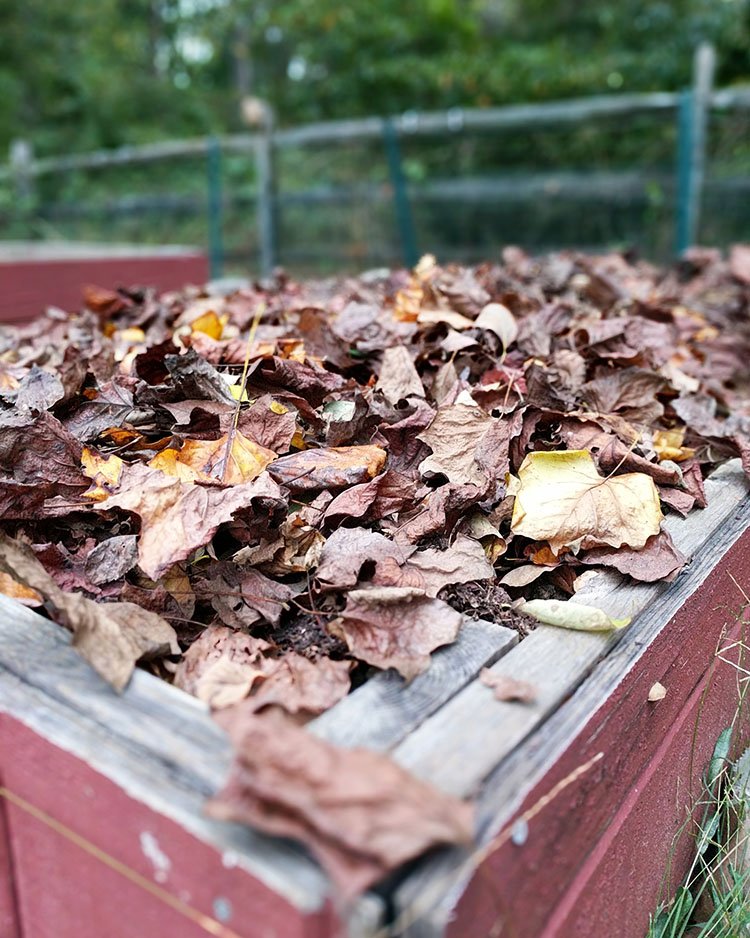
As the leaves drop from trees during fall, embrace it. Do not toss them in the trash! Fallen leaves are your garden’s best friend and a boon to healthy soil, even if it’s just the soil beneath your lawn.
Consider the sweet smell of a lush forest floor. That’s soil living its best life. Nature knows exactly what it’s doing when it drops all those leaves on the ground, and it’s the epitome of a healthy and functioning circle of life.
Did you know that leaves are comprised mostly of carbon? To grow, trees consume carbon dioxide; something many of us know from elementary school science class. They are the yin to our yang of breath. They “breathe in” carbon dioxide, which humans exhale, and exhale oxygen so we can breathe it in and survive.
Trees provide for us in many ways beyond just putting oxygen into the air so can we can breathe, as important as that may be. For example, when consuming carbon dioxide, trees reduce the amount of carbon in the atmosphere. Carbon dioxide is one of the sources of global warming and climate change, and trees naturally remove carbon dioxide from the atmosphere thus reducing global warming.
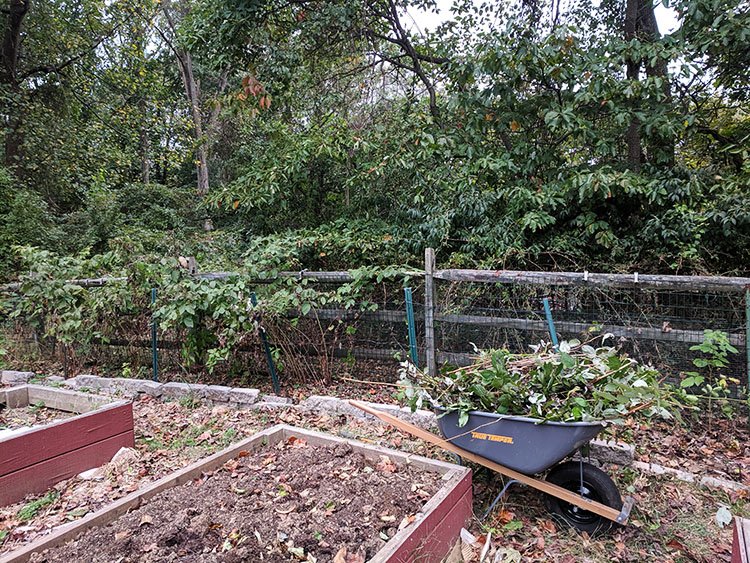
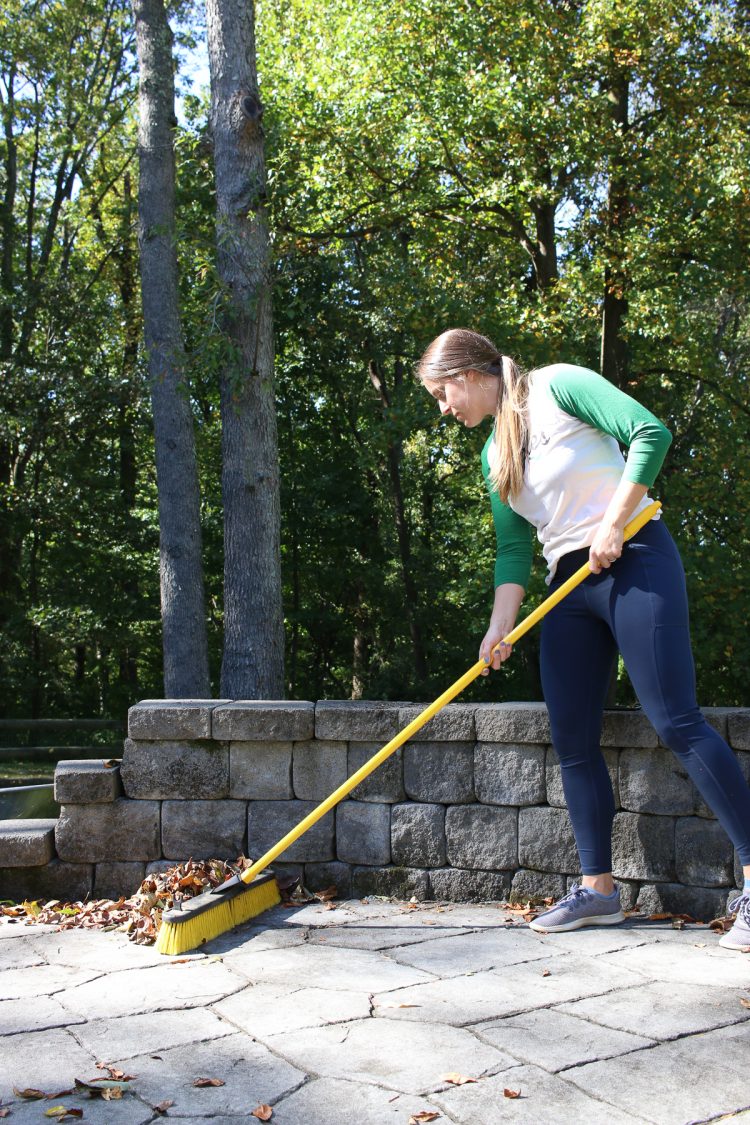
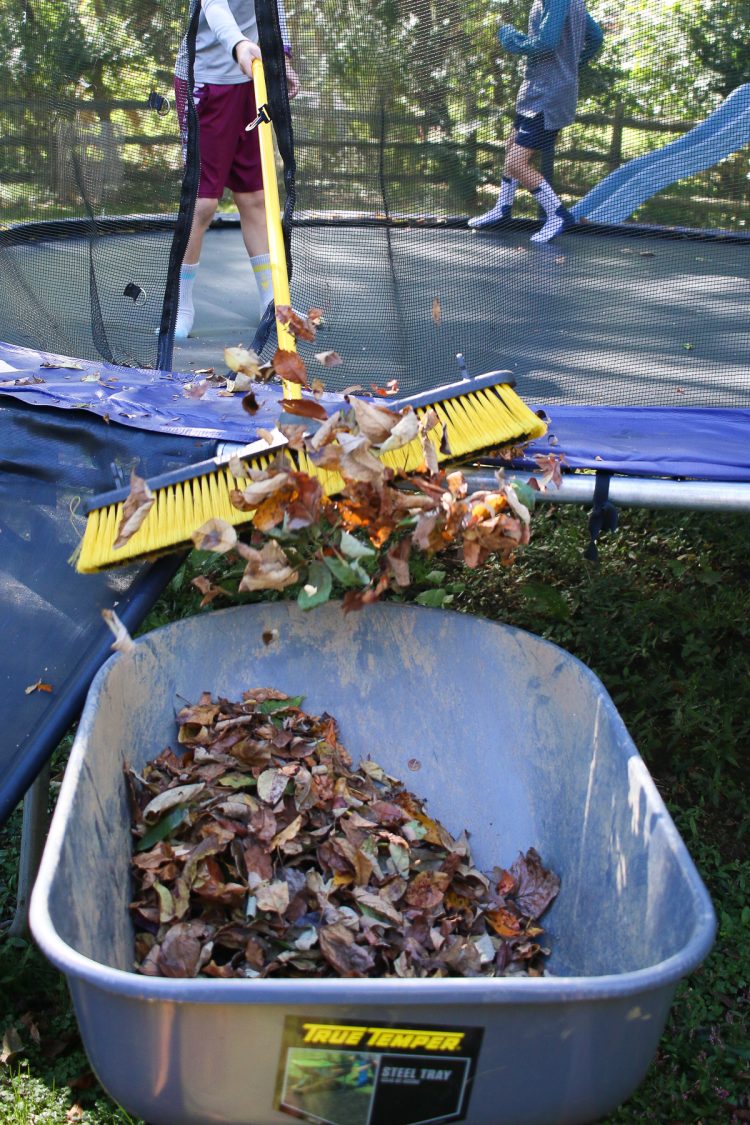
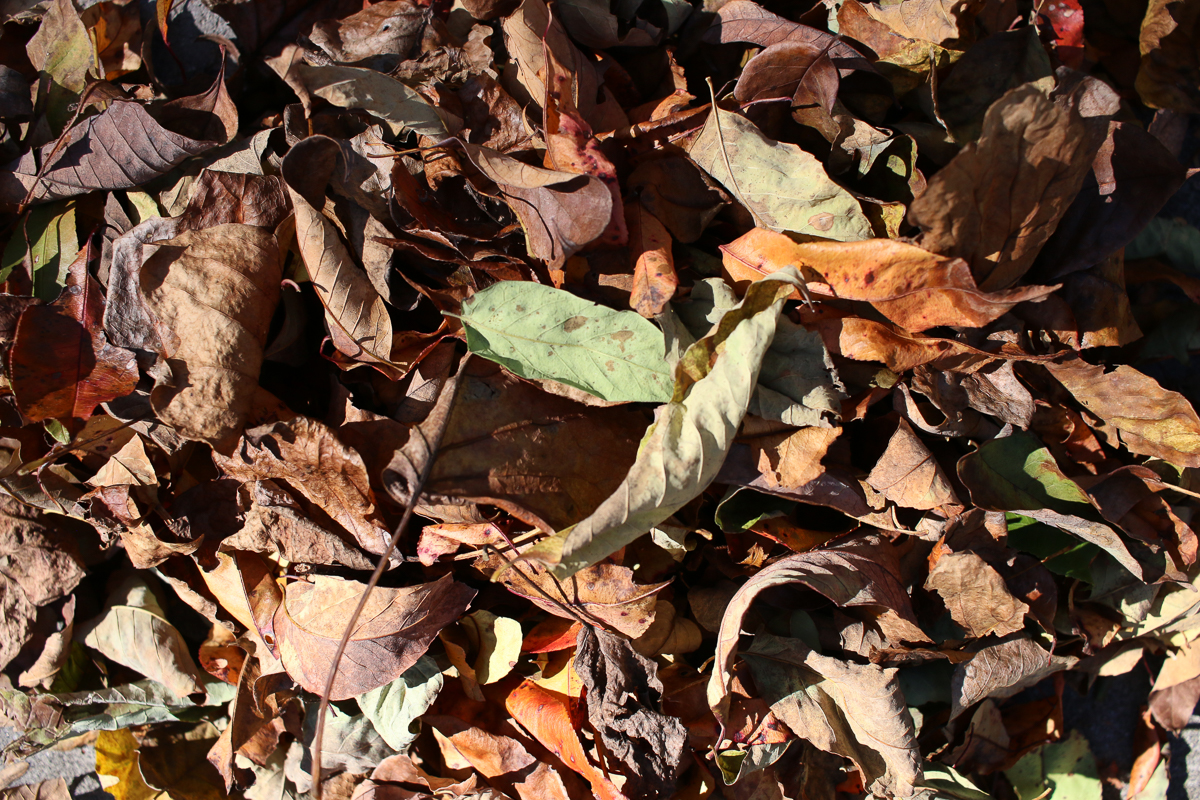
Fallen Leaves Complete The Regenerative Circle of Carbon Use
The falling leaves of autumn also offer a climate change solution. As fallen leaves sit on the ground, they begin to decompose. Because leaves are made from carbon, the carbon in the leaves breaks down and enters the soil. That carbon feeds the microorganisms that live in the soil and do the hard work of making soil healthy and rich with biodiversity.
Healthy soil produces healthier and more nutritious plants, vegetables, and fruits. It also reduces erosion, cleans natural waterways, and reduces impacts of flooding and drought.
More carbon in the soil also means less carbon in the atmosphere, another assist from the friendly trees for reducing global warming and the impacts of climate change. Furthermore, healthier soil holds more carbon, which feeds more plant growth, which then absorbs still more carbon, and sends it into the soil. It’s a wonderful, self-fulfilling cycle.
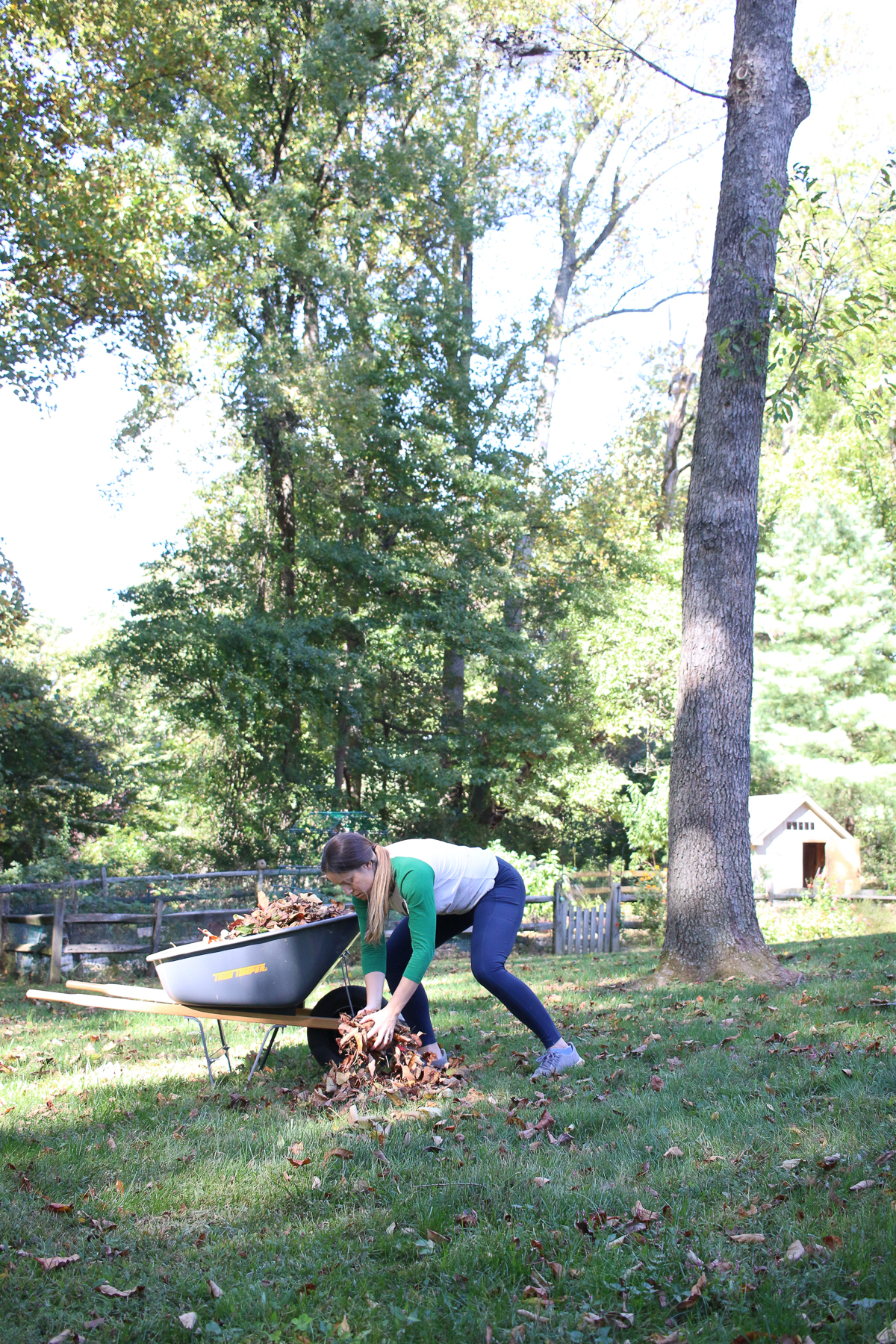
5 Ways To Compost Leaves
As we settle into fall and watch the leaves drift down from the branches, give those leaves the love they deserve. Round them up or mow them down and turn them into compost. Here are 5 ways to compost leaves in the fall.
1. Add Dried Leaves To Your Compost Bin
Without a doubt, one of the most common issues in a compost bin is not enough browns. Many people diligently add food scraps to a new compost bin and forget or don’t realize just how much “brown” (or carbon-rich) material that bin needs to stay balanced.
Gather up the leaves in your yard, your neighbor’s yard (if they give you permission), and even the leaves that pile up along the curb in your neighborhood or at the local park. The municipality and the sewer system will thank you.
Add the leaves to your compost bin along with all your food scraps and yard waste and watch them work their magic. All the microorganisms, worms, and bugs in the compost bin will go bananas over dried leaves in that compost party.
2. Keep It Simple & Make Leaf Mold
Leaf mold might sound gross, but it’s not gross at all. Leaf mold is essentially just compost made from leaves.
If you don’t have a compost bin or don’t feel like adding all the leaves to your compost bin, pile them up in a corner of your yard or toss them in a bin and let them sit until next summer. That’s it.
Over several months, the leaves decompose and turn into a nutrient-rich compost that’s perfect for feeding gardens and even refreshing the soil of indoor plants. It’s about as low-maintenance as composting gets, and it’s a great way to get free compost for your garden and grass. Who can beat free compost?!
3. Layer Dried Leaves To Reduce Weed Growth
A healthy layer of leaves overwintering on a raised garden bed helps reduces weed growth. As you put your garden beds to rest for the winter or for an offseason, cover them in a layer of dried leaves. Come next spring, admire the dark, moist soil hiding underneath what remains of those leaves. Your plants will thank you, and you’ll have far fewer weeds to pull before planting and during the growing season. That’s a regenerative gardening and composting win-win-win.
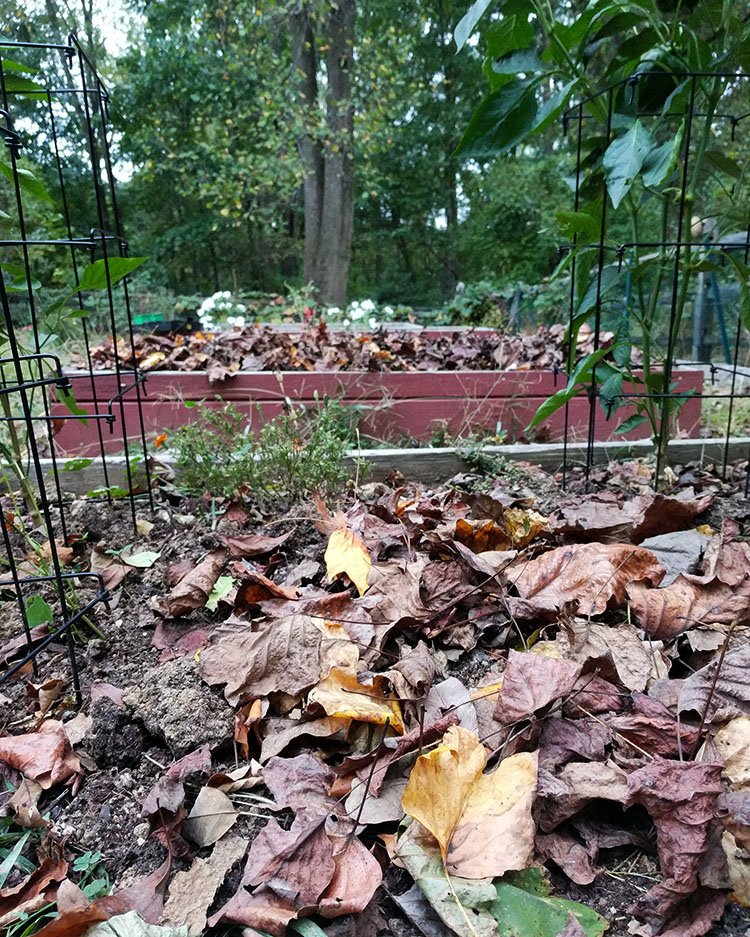
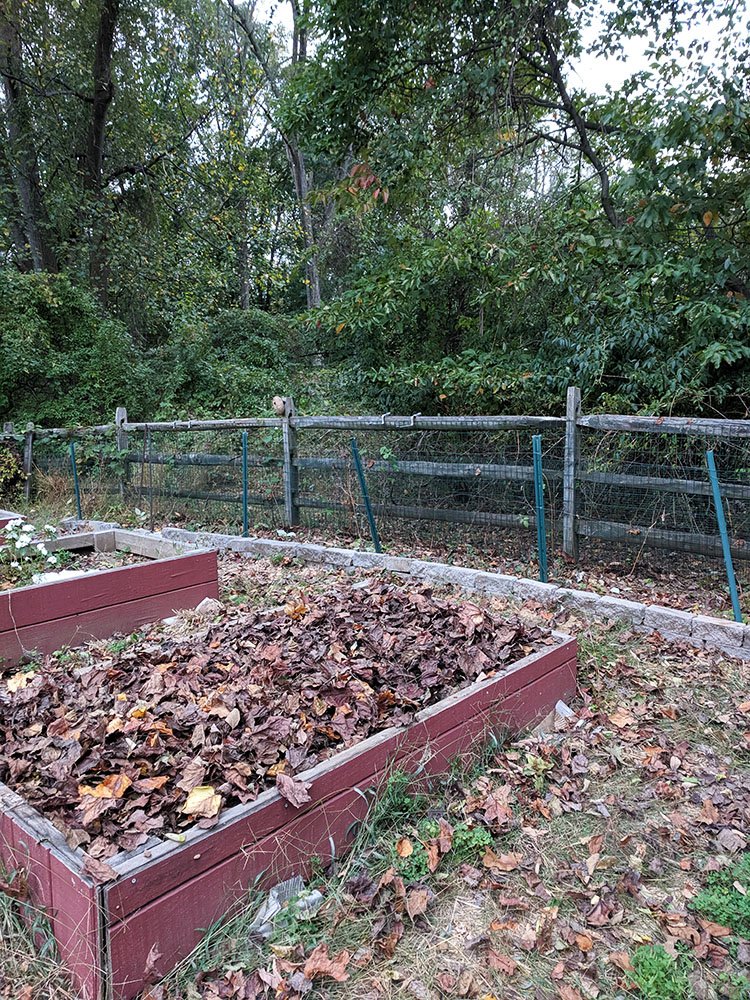
4. Mow Leaves Into Your Lawn
If you have lots of trees or find that the leaves become a burden to rake (or you’re just not feeling motivated – no judgment), mow over them when you mow your lawn. The mower chops up the leaves into smaller pieces that fall deeper into the grass and decompose more quickly, feeding your grass a healthy dose of nutrients and carbon.
Healthy soil holds more water, thus making it more drought-resistant, so your lawn will likely require less irrigation. It also has more healthy bacteria and microorganisms that deter or fight off bad bugs and bacteria.
Leaves on the grass get a bad rap sometimes as if they’re a barrier to the perfectly manicured turf grass so many people desire. A heavy layer of matted leaves may kill the grass below it. But if you give the leaves a little decomposition head start by mowing over them to chop them into smaller pieces, they’ll break down quite nicely and replenish nutrients in your soil for the next season.
5. Store Leaves To Compost Later
If the leaves are dry and you have more than you need at once, set them aside in a shed or garage and add them to your bin throughout the winter. If you have outdoor space, pile them up in a corner of your garden and add them from the pile throughout the year, if that works better for you.
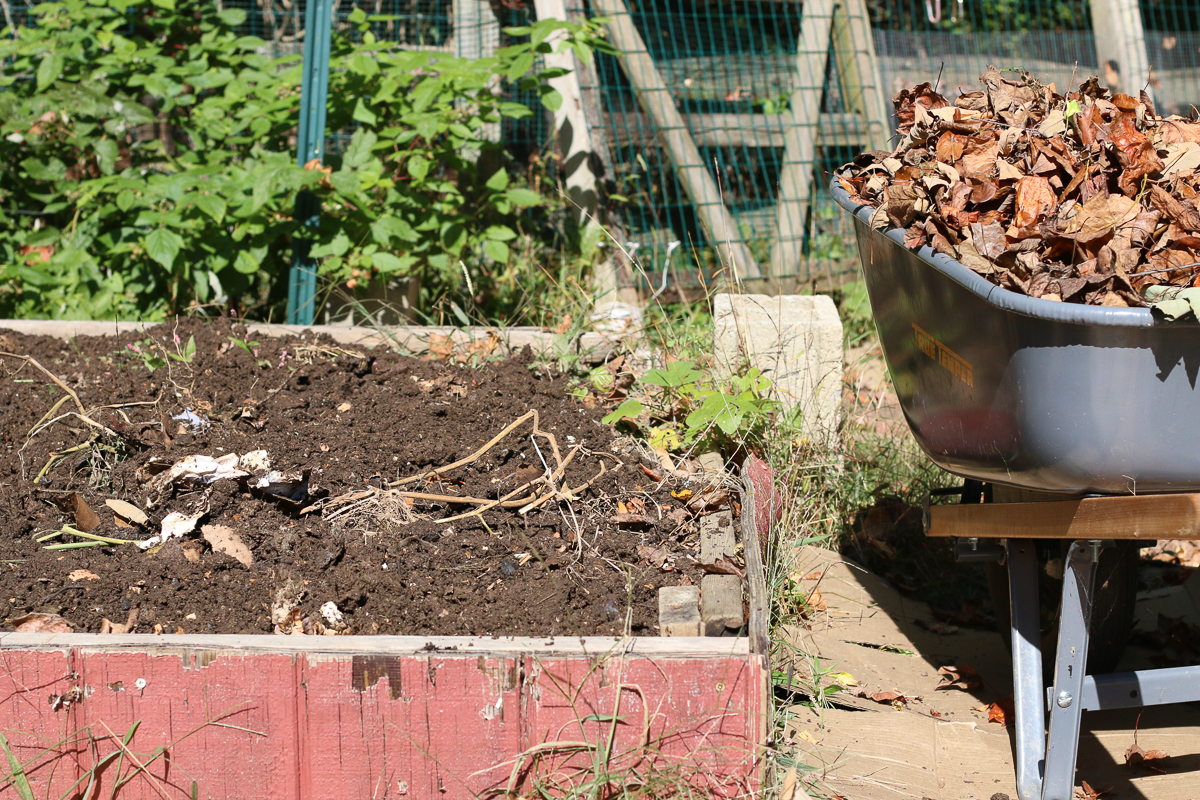
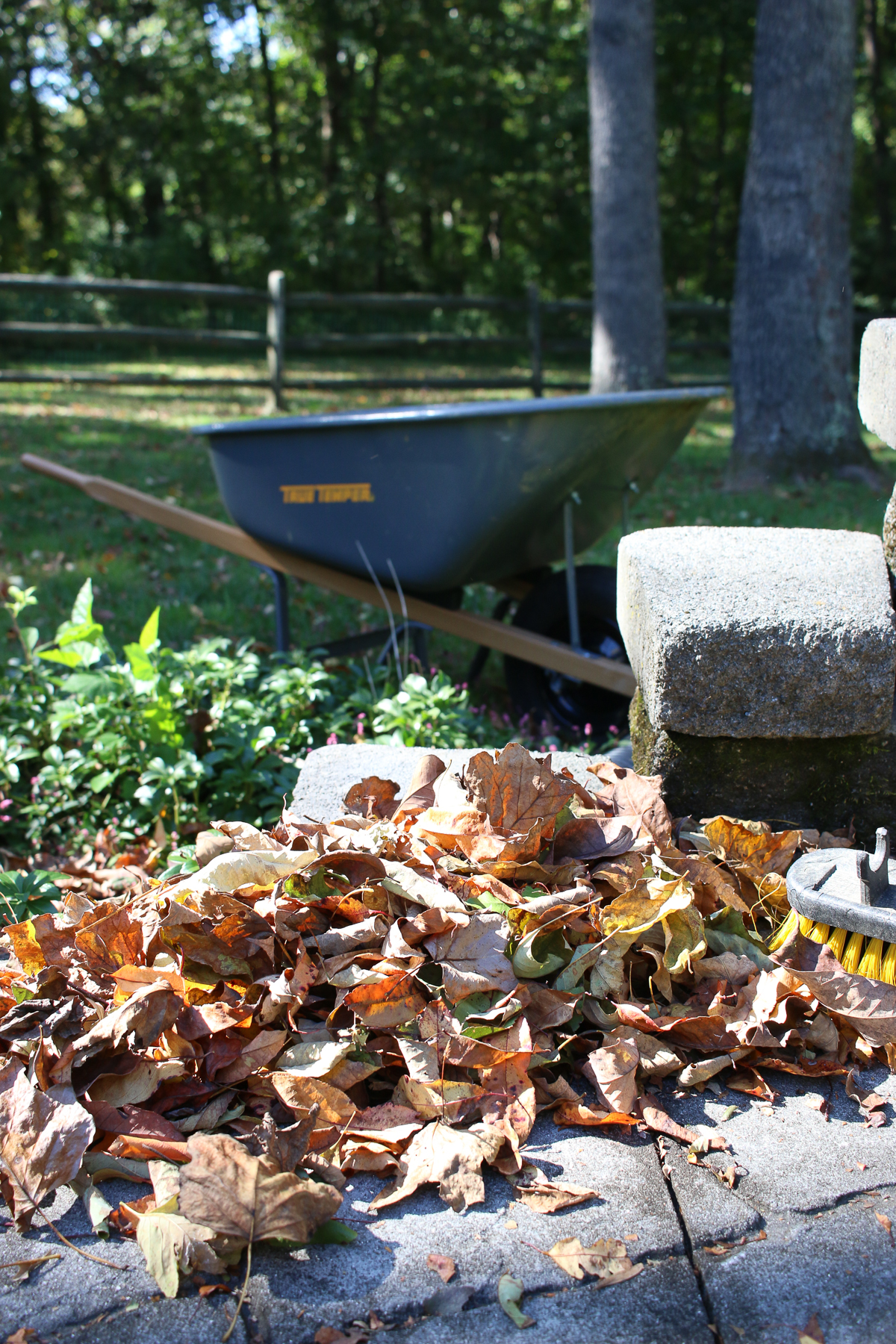
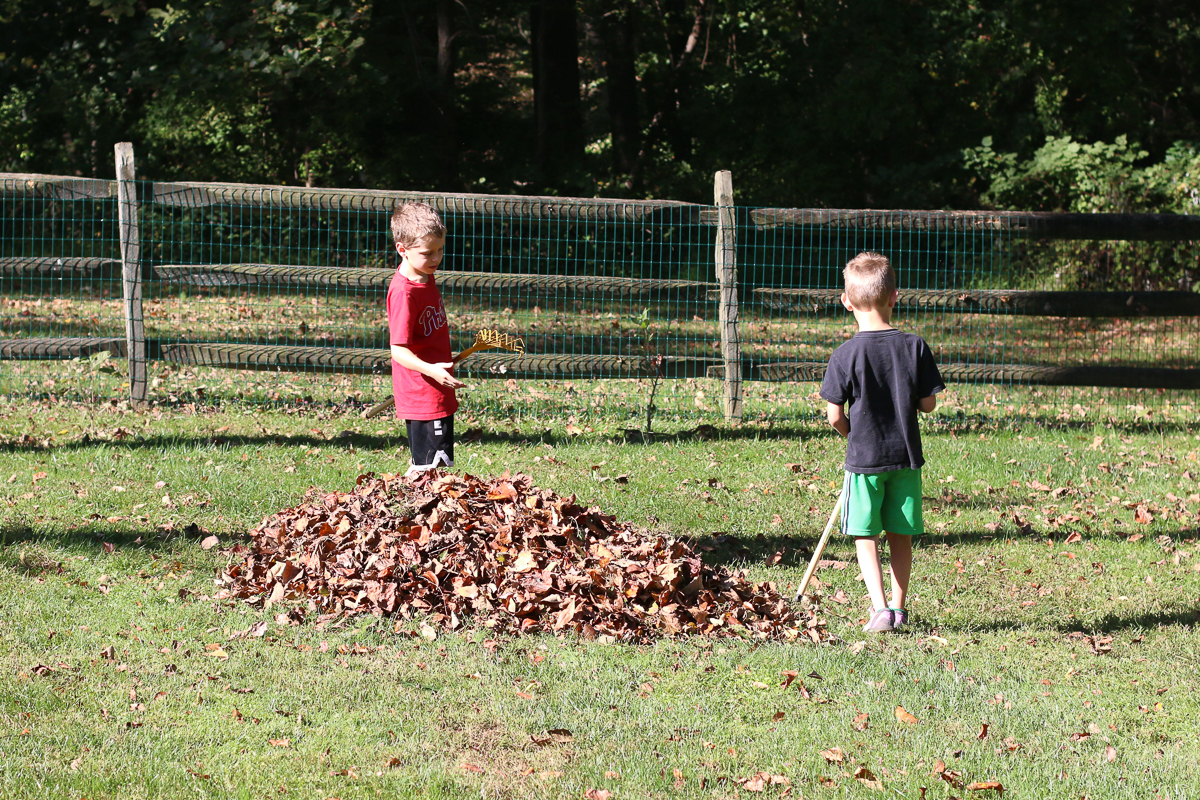
Organic Waste Doesn’t Belong In Landfills
No matter how you handle your leaves this fall, be sure not to toss your leaves in the trash. Although organic matter decomposes wonderfully on its own with plenty of oxygen, it causes problems in landfills. Organic material, which includes yard waste and food waste, doesn’t decompose properly in the landfill. It doesn’t have enough oxygen because it’s buried under all the other junk. Consequently, it releases methane, a global-warming gas that’s more harmful than carbon dioxide.
If you’ve ever walked through the woods, you’ve probably noticed the soft, squishy feeling of a forest floor. That’s a sign of really healthy soil sitting under the canopy of trees. It’s due in large part to the benefits of leaves that fell and decomposed over time.
When we reflect on the cycles and processes of nature, they all make so much sense! Trees and plants have been around far longer than humans, and they display their wisdom of experience in part through the many self-sustaining things they do through the seasons. Dropping leaves helps trees hibernate through winter’s cold days, but it also feeds the biodiversity in the soil on which the trees rely for nourishment and promotes rebirth in the spring.
This fall, be sure to show some love to the fallen leaves in your yard. They’re more important than many of us probably realize!
If You Like This Post About Composting Leaves, You Might Also Like
8 Compelling Reasons To Compost at Home
Please Don’t Make Banana Peel Compost Tea Fertilizer For Houseplants
How To Compost At Home | Subpod Vermicomposting

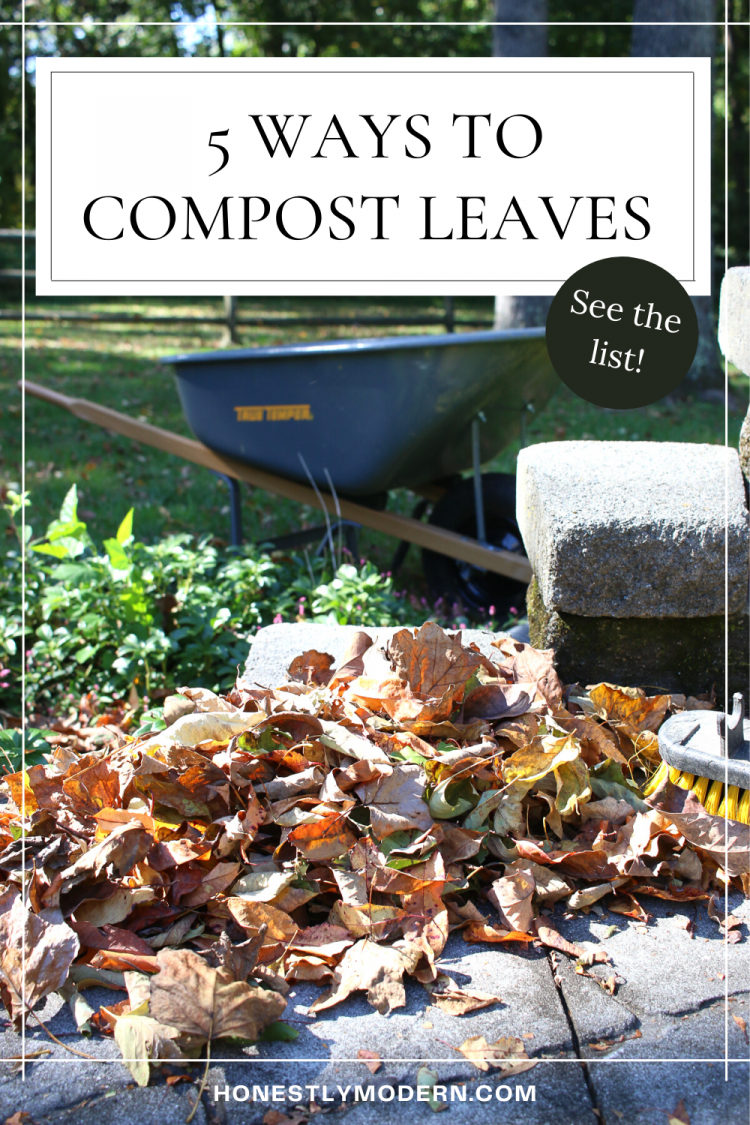
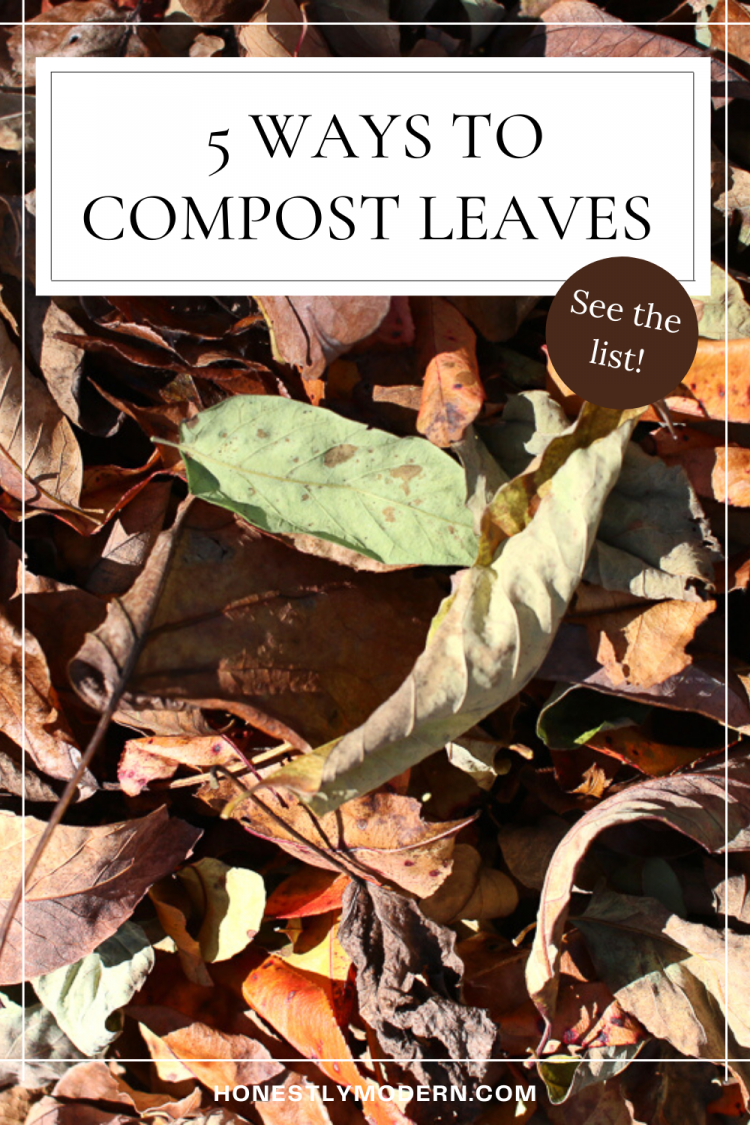
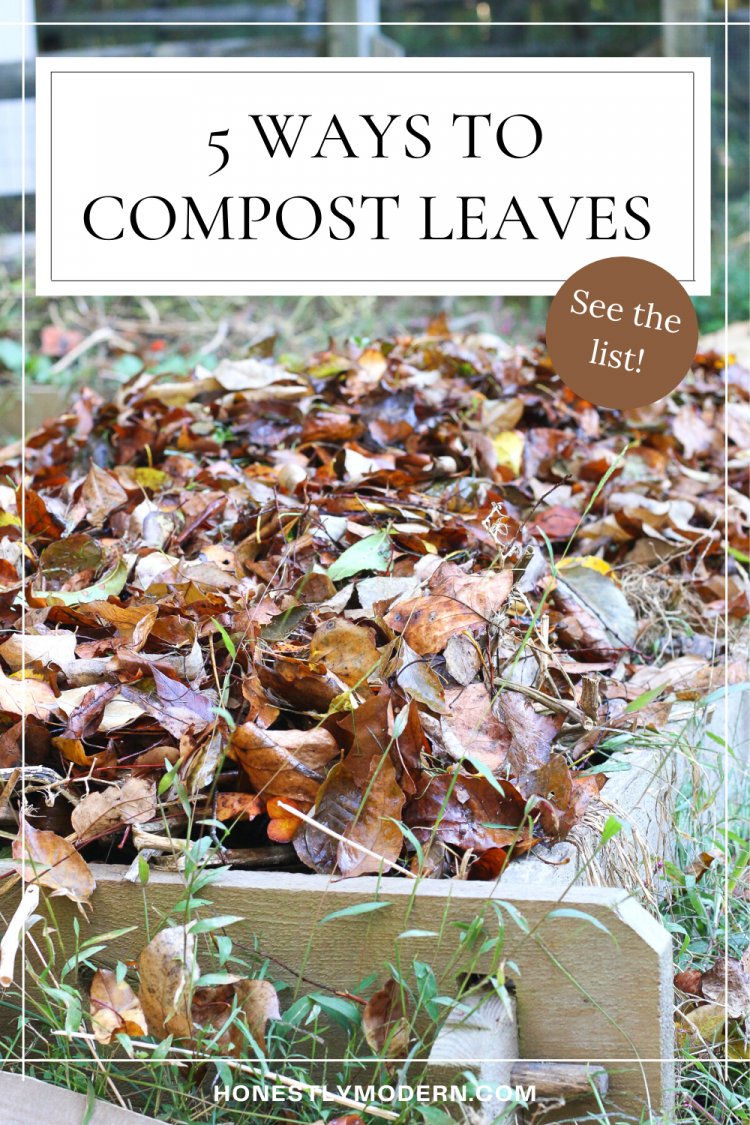

Jen Panaro
Jen Panaro, founder and editor-in-chief of Honestly Modern, is a self-proclaimed composting nerd and advocate for sustainable living for modern families. To find her latest work, subscribe to her newsletter, Stepping Stones.
In her spare time, she’s a serial library book borrower, a messy gardener, and a mom of two boys who spends a lot of time in hockey rinks and on baseball fields.
You can find more of her work at Raising Global Kidizens, an online space to help parents and caregivers raise the next generation of responsible global citizens.

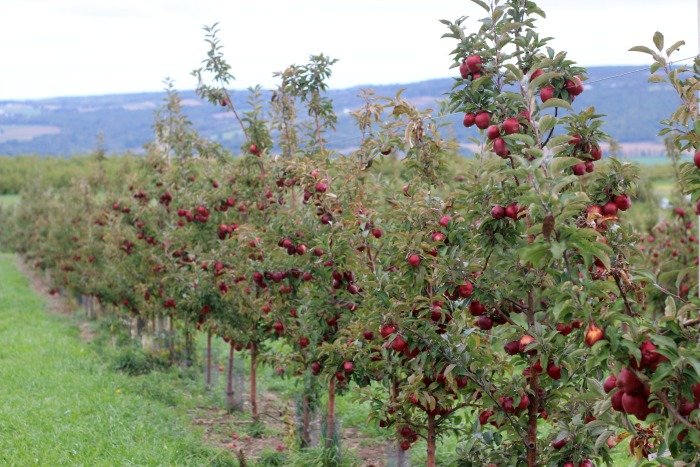
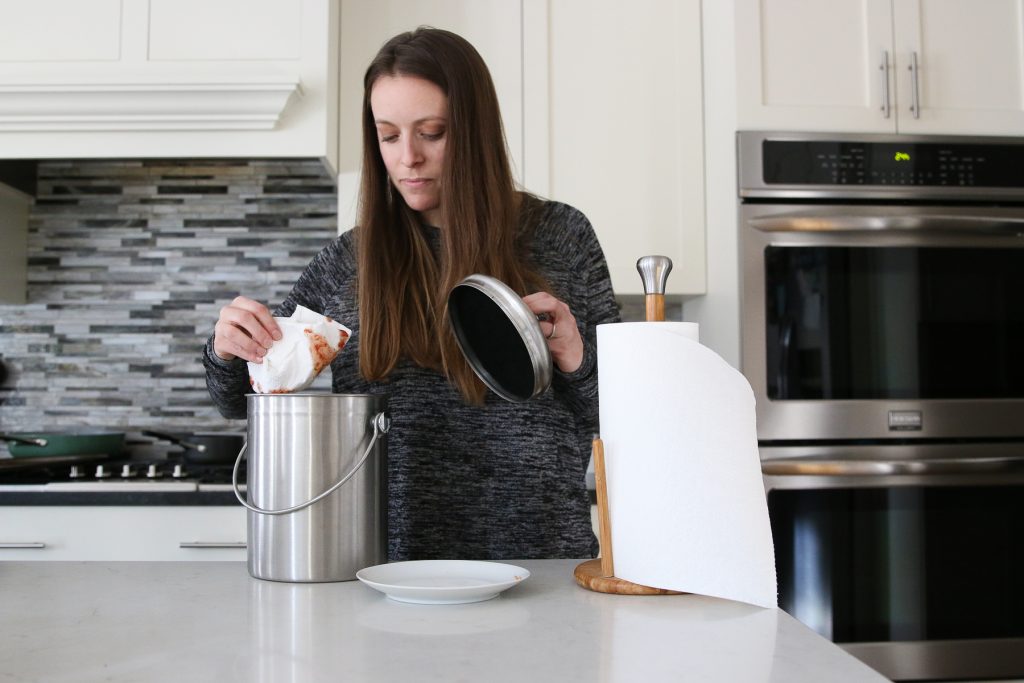
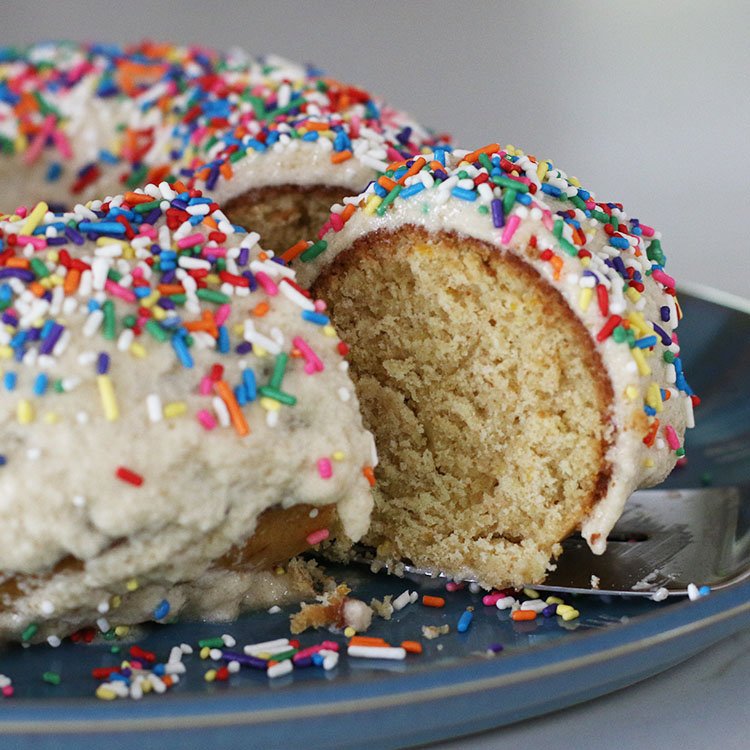
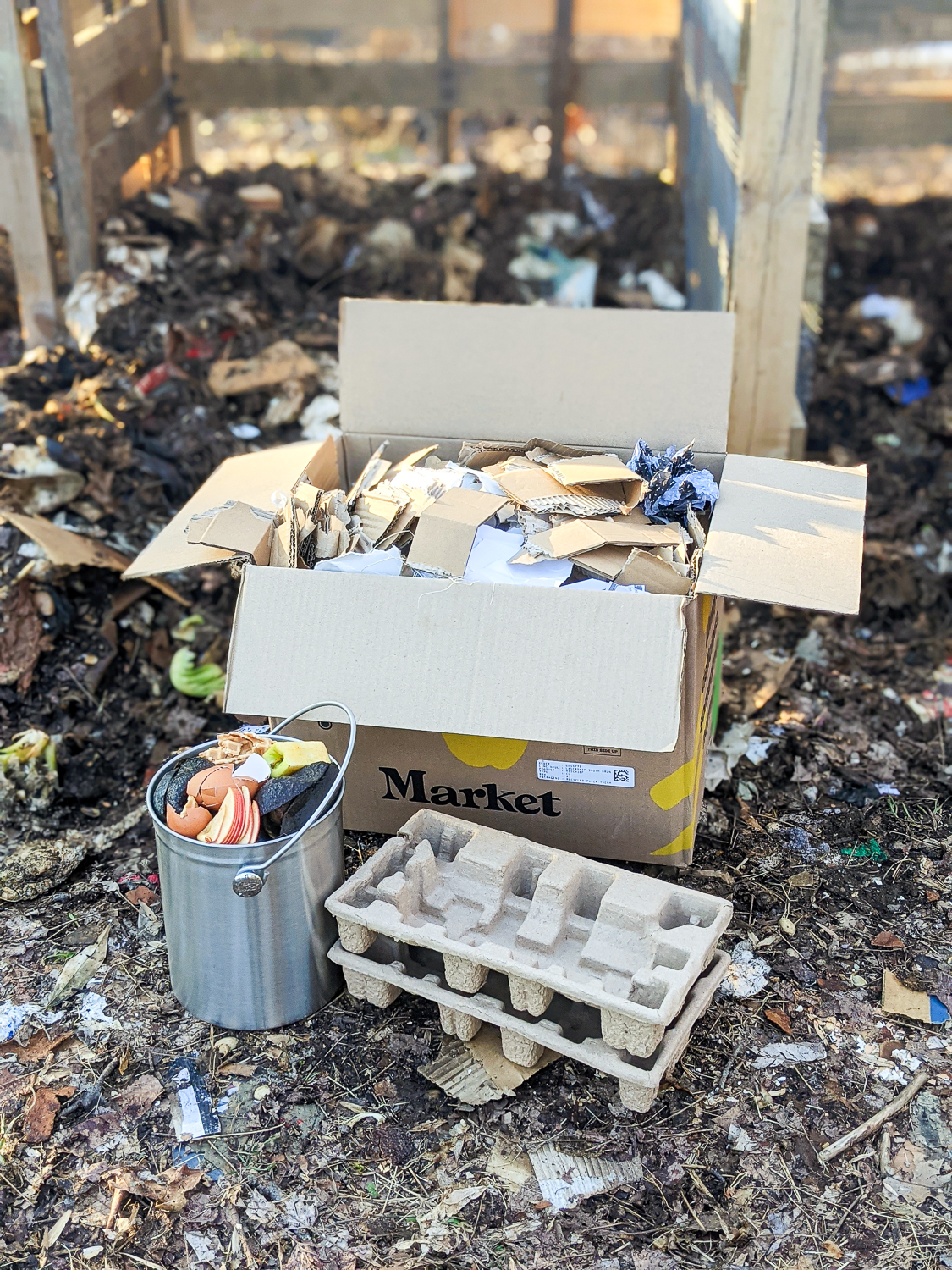



Great article! I grew up in the suburbs with perfect chemical lawns and town leaf pickup. Now we live in on old house on over 5 acres in a rural town – about 35 minutes from my old hometown. About 1.5 acres is forested, 2 acres field, and the rest grasses. We only rake shrubs to loosen stuck leaves…the rest we either blow into piles in the woods or leave on the fields. Before the snows come, we do one last mow to grind up whatever is left.
No bags, no curbside truck emissions… big leaf piles that breakdown. FWIW we keep a large food compost “cage” separately. And for that, we use chicken wire and smaller mesh along the bottom for a cheap 4×4’ pile. We’re in bear (and moose!) country so we’re careful not to include anything with meat, fish…even anything that’s been oiled or buttered (e.g. corn cobs). Once bears find a food source, they return for YEARS.
Thanks for sharing this! That sounds like a lovely property. 🙂